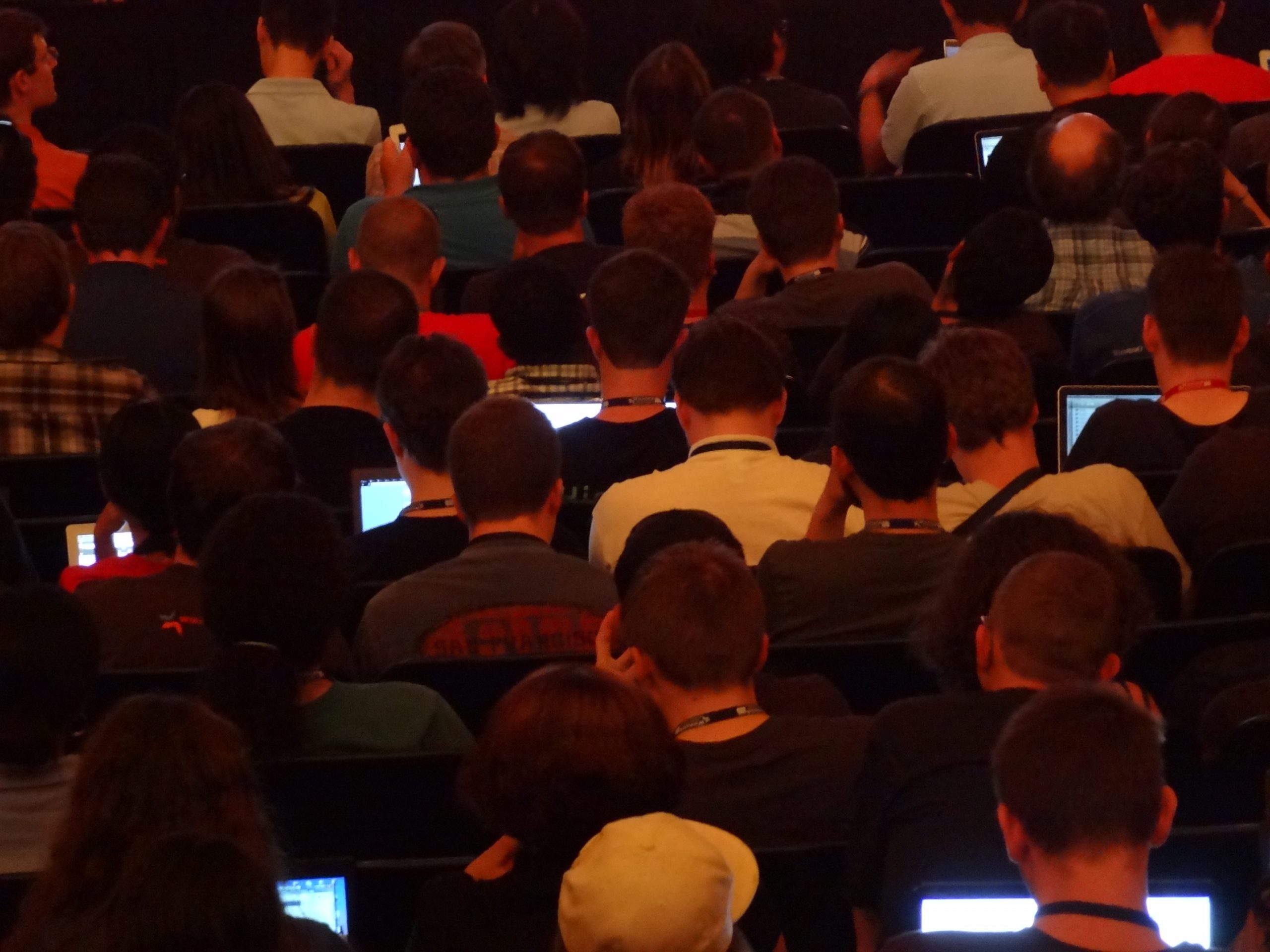
As thousands of schools and universities close worldwide and move to online teaching, the gulf between those who have access to the Internet, and those who do not, is becoming more visible than ever.
According to The Digital Divide Council, the digital divide is the “gap that exists between individuals who have access to modern information and communication technology and those who lack access.” This gap ultimately establishes a digital inequality that “reflects real-life socio-economic, gender and race inequalities,” while existing real-life disparities simultaneously influence who are the “haves and have-nots” of information and communication technology. Here, technological tools can be seen to exacerbate exclusion and inequality instead of alleviating them. Because of this divide, many students have been left behind in the wake of schools and universities across Canada announcing their closure and movement to remote learning activities.
For university students, the closure of campuses means that people no longer have the ability to go to campus to avail themselves of wifi or research course material on university equipment. This means access to technology and internet connection is needed at home. As noted in Policy Options, some students do not “have data plans or connection speeds that would allow them to follow online courses, take part in virtual meetings on platforms such as Zoom, or have access to the suite of online resources the university has for research.” As a result, many are left unable to afford access to university resources and are therefore unable to fulfill the necessary requirements to complete their degrees.
In a recent article in the Guardian about the in’s and outs of e-learning in elementary and secondary schools, a teacher at a private school in Italy has also noticed that the new distance learning models are heavily skewed to those with access to resources. While “all the children have iPads” at the private school she teaches at, her friends at local state schools say they have been “printing out stacks of papers containing all of the children’s exercises for the week, which their parents then collect for them on Monday mornings…They’re left to their own devices as to whether they complete these exercises or not.” Here, the role of parents has been crucial to this e-learning experiment working and children whose guardians have to go out to (or stay in and) work to make ends meet will be at a disadvantage in comparison to children who have parents that can afford to stay home and help educate them.
Ultimately, this situation reminds us how, time and time again, the lives of people in socio-economically disadvantaged positions end up being the collateral damage of imperfect policy decisions.
In approaching this problem, the first step would be to generate a greater awareness of the structural biases students face when it comes to using technology in educational settings. Although high schools and universities talk idealistically about welcoming and including everyone, they fall short of actually addressing the real constraints some students live with, and often fail to acknowledge how these constraints are grounded in socio-economic, gender, and race inequalities. In order to bridge the digital divide, it has to first be acknowledged.
Following this, we need to be willing to invest, both financially and legally, in the goal of universal access to essential learning technologies, high-speed and affordable Internet, and in supporting digital literacy nation-wide. In schools and universities, measures should then be put in place to fund laptops, high-speed home Internet or cellular data packages for low-income students. Digital literacy should become part of the national curriculum, and teachers should be trained on how to provide adequate technical support and instruction to all students.
At the end of the day, education is meant to be a liberating and an equalizing factor in life. Once we have gained control of the current emergency and have adequately cared for our sick, we should be looking toward striving for more structurally inclusive educational institutions and models, so that in the wake of future crises, no one will be left behind.
Edited by Samantha Dagres.
The opinions expressed in this article are solely those of the author and they do not reflect the position of the McGill Journal of Political Studies or the Political Science Students’ Association.
Featured Image By Emw – Own work, CC BY-SA 3.0 via Wikimedia Commons